Learn to Work in Wildlife Management, Tourism or Education
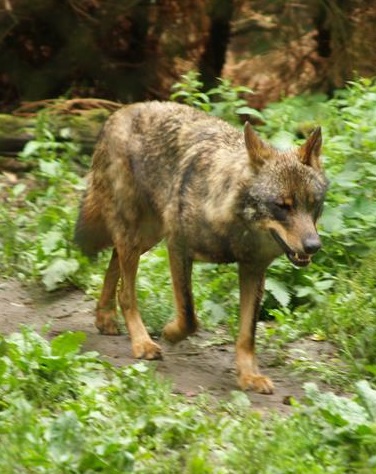 Job opportunities in wildlife care, education, and interpretation:
Job opportunities in wildlife care, education, and interpretation:
- Wildlife Education Officer
- Tour Guide
- Wildlife Keepers
- Show Presenters
- Veterinary Assistant
- Wildlife Carer
- Research Assistant
Where could you work?
- Zoos and Wildlife Parks and Sanctuaries
- Veterinary Surgery/Animal Hospital
- National Parks
- Animal Welfare Leagues or Refuges
- University or Government Research Centres
ACS student comment:
"I love the course and the
course material even though a bit of it seems to be a lot more in depth
than I anticipated. I love it just the same as I'm learning lots. I just
wish I had more time to do a lot more." Kim Stinton - Australia, Advanced Certificate in Wildlife Management course.
COURSE STRUCTURE
To obtain the certificate you must successfully complete all assignments and pass an examination in the following 6 modules.
Module 1 - INTRODUCTION TO ECOLOGY
Ecology is the cornerstone of nature park management providing a link between different branches of Science. Ecology is a study of relationships between living things (animal, plants and microorganisms), and with their environment. How we interact, benefit or compete with each other, how we evolve together, how the environment presents opportunities for change, and how living beings alter the environment to provide for their own needs. This module covers general principles of ecology, and their application anywhere on our planet. It has seven lessons as follows:
- Ecosystems and Populations
Components of an ecosystem, Biomes, Detrital and grazing webs, trophic levels, energy flows etc
- The Development of Life
Lifespans, Natural selection, Genetics, Understanding arguments for and against theory of evolution, etc.
- Animals, Parasites and Endangered Species
Comparative anatomy, how animals fit in ecosystems, animals in the human community, parasites, etc
- Fungi, Tundra, Rainforests and Marshlands
Physiology, anatomy, classification and ecology of fungi; Location, the climate, the plant and animal life related to different systems including tundra, marshes and rainforests.
- Mountains, Rivers and Deserts
Formation ecology and importance of mountains (including erosion, volcanoes etc), formation & types of rivers, catchments, dams, deserts and their ecology, etc.
- Shallow Waters
Shore lines, coral reefs, intermediate reefs, estuaries, sandy shores, etc.
- Ecological Problems
The Greenhouse Effect, The Ozone Layer, Poisons & Waste Materials
Module 2 - VERTEBRATE ZOOLOGY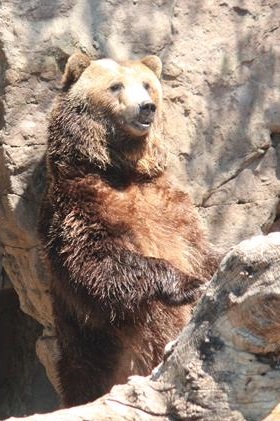
This module will give you a thorough understanding of “higher” animals’ Zoology and Evolution, together with some principles on animal ecology and morphology. There are ten lessons as follows:
- Vertebrate Taxonomy and Diversity
- Fishes
- Ectotherms: Amphibians and Reptiles
- Birds
- Overview of Mammals
- Marsupials
- Mammalian Glires and Insectivora
- Carnivores
- Hoofed Mammals: Ungulata
- Primates and other Archonta
Module 3 - WILDLIFE MANAGEMENT
This module develops a broad understanding of wildlife management that can be applied to all types of wildlife around the globe. It involves nine lessons as follows:
- Introduction To Wildlife Management
- Wildlife Ecology
- Wildlife Habitats
- Population Dynamics
- Carrying Capacity
- Wildlife Censuses
- Wildlife Management Techniques
- Wildlife Management Law And Administration
- Wildlife Management Case Study Research Project
Module 4 - ORNITHOLOGY
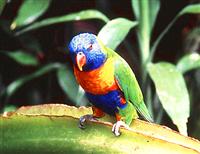 Learn with us what is a bird, how they evolved, what adaptations they developed to be able to colonize air, land and water so successfully!. Learn to identify and understand the habits of different birds, from water birds and parrots, to town birds and birds of prey. The module consists of nine lessons.
Learn with us what is a bird, how they evolved, what adaptations they developed to be able to colonize air, land and water so successfully!. Learn to identify and understand the habits of different birds, from water birds and parrots, to town birds and birds of prey. The module consists of nine lessons.
- Classification and Introduction to Bird watching.
- The Biology of Birds: Anatomy, external & internal structure, breeding, eggs etc.
- Common and Widespread Land Birds: Pests, introduced birds, pigeons, crows & their relatives, etc.
- Giant Birds and Long Legged Birds: Emu, Ostrich, Herons, Storks and Relatives etc
- Seabirds and Water birds
- Hunters -Birds of Prey, Owls, Kingfishers
- Passeriformes
- Other Birds Parrots, Honey eaters, Swifts and others
- Attracting, Feeding and Keeping Birds
Module 5 - MARINE LIFE I
Develop a knowledge of marine life and ecology, whether for work or general interest. The first two lessons deal with marine environments (weather, nutrient cycle, reefs, shallow and deep water environments, etc). Lessons 3 to 8 deal mostly with marine animals, particularly more complex animals, and the last lesson considers human impacts upon marine environments. This module has nine lessons as follows:
- Marine Ecology Systems
- Shallow Waters and Reefs
- Shellfish & Crustaceans
- Squid, Octopus, and Other Primitive Animals
- Fish Part A
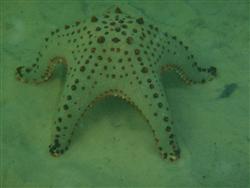 Fish Part B
Fish Part B - Marine Mammals
- Turtles, Sea Snakes and Seabirds
- Human Impact on Marine Environments and Fishing
Module 6 - ENVIRONMENTAL ASSESSMENT
This course develops skills that are both important and in demand in the wildlife management industry. Surprisingly, these things are often not taught in other courses (even degrees), and the fact that you do them here, contributes strongly to the employability of our graduates within industry. There are 8 lessons in this course as follows:
- Types of Employment for Environmental Scientists.
- Introduction to Environmental Assessment.
- International Environmental Law.
- Domestic Environmental Law
- Types of Environmental Assessments
- The Design and Process of Environmental Assessment.
- Writing Environmental Reports Research Project
Duration: 600 hours
Work as a Wildlife Manager
Work with animals can involve either wild animals or domesticated animals. The goals of a wildlife manager will be different to those of a farmer or pet owner though.
A wildlife manager might manipulate an animal population, but wildlife managers are aware of the environmental constraints on the population. Wildlife managers allow for predation and natural environmental changes. They are looking for a balance between the environment and the species. Whilst this might involve occasionally culling species or initiating breeding programs, it is still very different to agricultural animal production. But one thing that is common to both disciplines is the need to be aware of the carrying capacity of a certain area.
Consider the situation of a long drought and its effect on an agricultural enterprise vs a wildlife park. A farmer would try to maximise profit, and this would usually take the form of providing extra feed for his herd. A wildlife manager would not attempt to increase animal numbers and some individuals would die. The reasons for allowing nature to simply take its course include:
-
The act of providing food to wildlife during drought will mean that a populations’ resistance to future droughts will be weakened. Animals that would have died out in the drought survive, reproduce and pass on their genes. The weak survive where nature would have culled them.
-
Whenever a manager intervenes, there are flow-on effects. For example, a wildlife manager who provides extra food during a drought to one species may inadvertently provide more food for the predators of that species. The population of predators then increases, and this may then mean that the predator then decimates the population of the original species.
-
Keeping animals alive where nature might otherwise cull them means they are still consuming resources such as grazing fodder. During a drought, this grazing fodder is already scarce. Allowing animals to live and feed through a drought can have a dramatic effect on the amount of food that is available. Many animals may then simply starve to death and could have irreversible impacts on the plant diversity of the area.
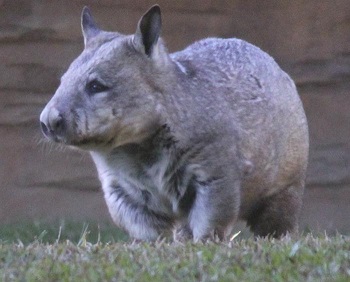
There are other examples of ways which wildlife managers can intervene in the population they are managing. In some instances, intervention is necessary. This may because of fragmentation or other changes to habitats, the invasion of pest species or due to critically low numbers within a wildlife population. However, managers need to be aware that their actions may have far reaching, long term effects that extend well beyond the one species that is being manipulated.
Why Study with ACS?
Design your own learning pathway.
Study at your own pace, from anywhere, at any time.
Receive prompt, expert support from our team of committed and friendly tutors.
Your learning is our priority. We are flexible and adaptable to meet your educational needs!
Want advice on creating a learning pathway that suits your needs? Speak to one of our friendly staff for today!
Phone - International: +61 7 5562 1088 In Australia: 07 5562 1088
Email - admin@acs.edu.au or studentservices@acs.edu.au